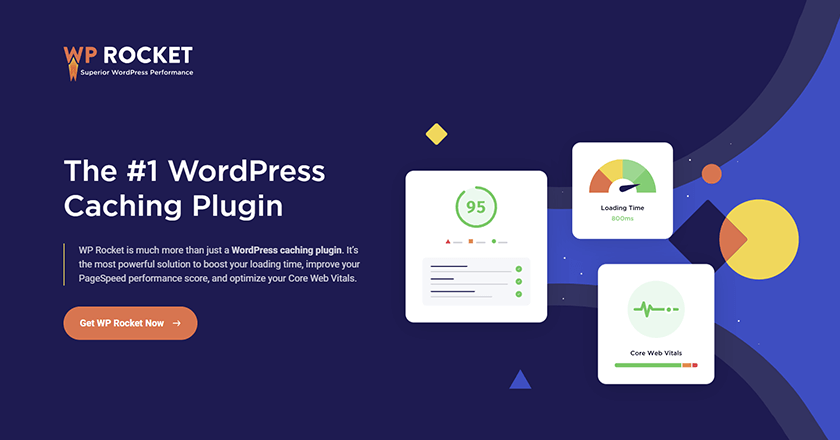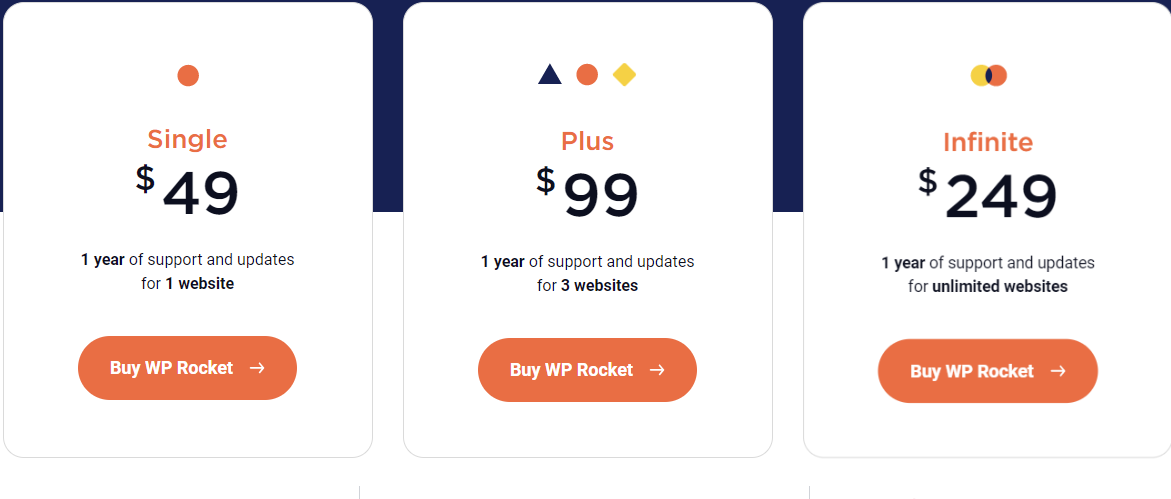The Only Guide for Litespeed Cache Vs. Wp Rocket
Wiki Article
Not known Incorrect Statements About Litespeed Cache Vs. Wp Rocket
Table of ContentsThe smart Trick of Litespeed Cache Vs. Wp Rocket That Nobody is Talking AboutEverything about Litespeed Cache Vs. Wp RocketLitespeed Cache Vs. Wp Rocket Can Be Fun For EveryoneFascination About Litespeed Cache Vs. Wp RocketAll About Litespeed Cache Vs. Wp Rocket
They have a smaller data size, making them less complicated to fill. That's a good compromise if you desire far better filling efficiency.
If you're running your website on Word, Press, you're most certainly making use of plugins and widgets to add capabilities to your site. Every plugin you set up adds a little bit of code to your web page, making it larger than it should be.
Let's state your web server is based in Australia, yet you have numerous visitors from India. Instead of sending out documents directly from Australia, the CDN can send out data from a web server in India, making this procedure much faster and a lot more reliable. Redirects are a natural component of any web site, and there's absolutely nothing wrong with them.
The 10-Second Trick For Litespeed Cache Vs. Wp Rocket
They won't considerably slow you down. In the case of redirect chains, they will. By linking as close to the last location as feasible, you prevent producing a lot of redirects and thus, lower your internet site's lots. Unsurprisingly, a few of the very best resources for optimizing your internet site are from Google.It summarizes the individual experience of visitors to your site, demonstrating how many Links pass or stop working Core Web Vitals and various other page experience signals. Lighthouse, for Google Chrome This is just one of one of the most innovative performance dimension tools readily available and wonderful for benchmarking. Web, Page, Examination This tool supplies a waterfall diagram of just how all the possessions lots on your web site.
Every individual is different. Locate out that your users are, just how they access your website, and what they do while they're there.
Make use of the referrals to obtain begun on boosting your page speed, yet do take these with a grain of salt. They are terrific starting factors, however there is so a lot more you can do!

This will lower latency and outcome in improvements to your page speed due to the fact that it lowers any possibility of a delay or the number of round journeys created.
The Best Strategy To Use For Litespeed Cache Vs. Wp Rocket
As website innovation, like the advancement and large use of Java, Script collections, has actually progressed in time, the use of this technology has actually been toughened up by the rate, or data transfer, of Internet connections and the handling and memory resources of devices. In other words: the extra information and resources the web server sends to the web browser, the longer it takes to provide the "plan" throughout a web connection and the slower the web you can try these out page will be visually provided in the web browser and become usable.
This is so when a visitor visits this site once more, it does not have to reload the whole web page. This advantages web page speed, as this saves money on time invested sending numerous HTTP demands to the web server. An additional advantage is the decrease of transmission capacity and for that reason the overall cost of organizing your site.
This will decrease latency and outcome in renovations to your page rate due to the fact that it reduces any type of opportunity of a delay or the number of round trips created.
As website modern technology, like the growth and large use of Java, Script libraries, has actually progressed in time, using this innovation has been tempered by the rate, or transmission capacity, of Web links and the processing and memory sources of gadgets. Simply put: the much more information and resources the web server sends out to the browser, the longer it requires to supply the "plan" across a web connection and the slower the page will certainly be aesthetically provided in the web browser and end up being useful.
Page rate influences traffic across all networks and sources, however since Google has led advancements in using page rate in web search ranking algorithms, minimizing latency has become a core component click reference of SEO. While anything that includes time to the page providing process is a web page speed variable, there are several issues that are most common: The time in between when the individual or web browser requests the web page and the preliminary action from the web server is understood as the web server response time, also measured as Time To First Byte (TTFB), or the time at which the web server sends the very first data that the web browser can use to construct and render the web page.
Report this wiki page